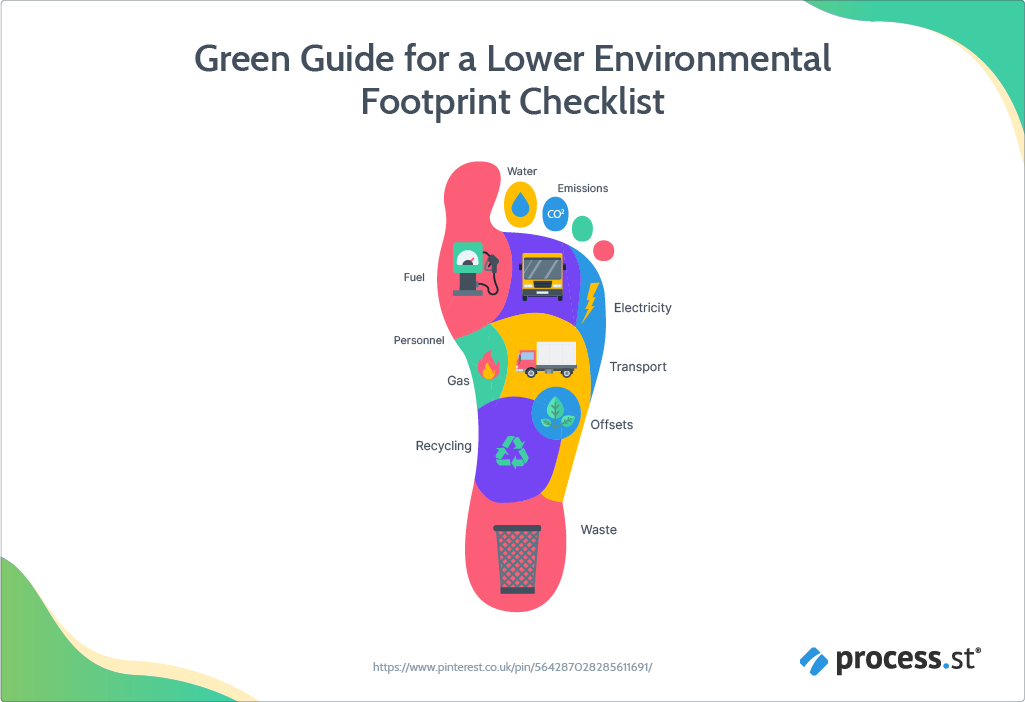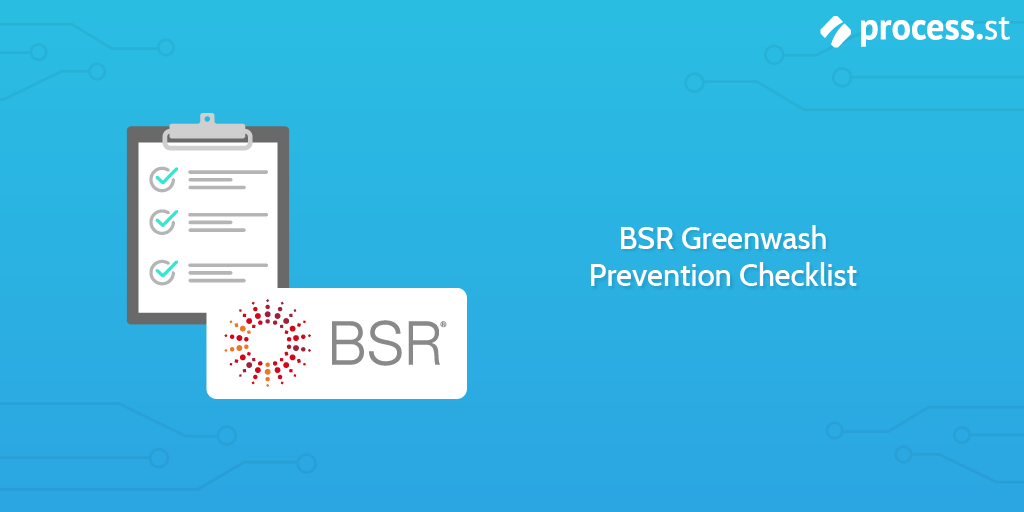Report content requirements
1.1 Stakeholder Inclusiveness: The reporting organization shall identify its stakeholders, and explain how it has responded to their reasonable expectations and interests.
{{form.Notes_on_disclosure_1.1}}
1.2 Sustainability context: The report shall present the reporting organization's performance in the wider context of sustainability.
{{form.Notes_on_disclosure_1.2}}
1.3 Materiality: The report shall cover topics that
a. reflect the reporting organization's significant economic, environmental and social impacts;
b. substantively influence the assessments and decisions of stakeholders.
{{form.Disclosure_1.3_notes}}
1.4 Completeness: The report shall include coverage of material topics and their boundaries, sufficient to reflect significant economic, environmental and social impacts, and to enable stakeholders to asses the reporting organization's performance in the reporting period.
{{form.Disclosure_1.4_notes}}
Report quality requirements
1.5 Accuracy: The reported information shall be sufficiently accurate and detailed for stakeholders to assess the reporting organization's performance.
{{form.Notes_on_disclosure_1.5}}
1.6 Balance: The reported information shall reflect positive and negative aspects of the reporting organization’s performance to enable a reasoned assessment of overall performance.
{{form.Notes_on_disclosure_1.6}}
1.7 Clarity: The reporting organization shall make information available in a manner that is understandable and accessible to stakeholders using that information.
{{form.Disclosure_1.7_notes}}
1.8 Comparability: The reporting organization shall select, compile, and report information consistently. The reported information shall be presented in a manner that enables stakeholders to analyze changes in the organization’s performance over time, and that could support analysis relative to other organizations
{{form.Disclosure_1.8_notes}}
1.9 Reliability: The reporting organization shall gather, record, compile, analyze, and report information and processes used in the preparation of the report in a way that they can be subject to examination, and that establishes the quality and materiality of the information.
{{form.Disclosure_1.9_notes}}
1.10 Timeliness: The reporting organization shall report on a regular schedule so that information is available in time for stakeholders to make informed decisions.
{{form.Disclosure_1.10_notes}}
Apply reporting principles
2.1: The reporting organization shall apply all Reporting Principles from Section 1 to define report content and quality.
{{form.Disclosure_2.1_notes}}
Reporting general disclosures
2.2: The reporting organization shall report the required disclosures from the GRI 102: General Disclosures
{{form.Disclosure_2.2_notes}}
Identify material topics and their boundaries
2.3: The reporting organization shall identify its material topics using the Reporting Principles for defining report content.
{{form.Disclosure_2.3_notes}}
2.4: The reporting organization shall identify the Boundary for each material topic.
{{form.Disclosure_2.4_notes}}
Understand how to report on material topics
2.5: For each material topic, the reporting organization:
2.5.1 Shall report the management approach disclosures for that topic, using GRI 103: Management Approach, and either:
2.5.2 Shall report the topic-specific disclosures in the corresponding GRI Standard, if the material topic is covered by an existing GRI Standard (series 200, 300, and 400).
{{form.Disclosure_2.5_notes}}
Understand how to present information
2.6: If the reporting organization reports a required disclosure using a reference to another source where the information is located, the organization shall ensure:
2.6.1 The reference includes the specific location of the required disclosure;
2.6.2 The referenced information is publicly available and readily accessible.
{{form.Disclosure_2.6_notes}}
Follow requirements and guidance to claim that a report has been prepared with GRI Standards
3.1: To claim that a sustainability report has been prepared following the GRI Standards, the reporting organization shall meet all criteria for the respective option (Core or Comprehensive)
{{form.Disclosure_3.1_notes}}
Consult the reasons for omission
3.2: If in exceptional cases, an organization preparing a sustainability report following the GRI Standards, cannot report a required disclosure, the organization shall provide a reason for an omission that:
3.2.1 describes the specific information that has been omitted; and
3.2.2 specifies one of the following reasons for omission from 'reasons for omission' table provided below, including the required explanation for that reason.
{{form.Disclosure_3.2_notes}}
Use selected Standards with a GRI-referenced claim
3.3: If the reporting organization uses selected GRI Standards, or parts of their content, to report specific information, but has not met the criteria to prepare a report following the GRI Standards (as per clause 3.1), the organization:
3.3.1: shall include in any published material with disclosures based on the GRI Standards a statement that:
3.3.1.1: contains the following text: ‘This material references [title and publication year of the Standard]’, for each Standard used;
3.3.1.2: indicates which specific content from the Standard has been applied, if the Standard has not been used in full;
3.3.2: Shall comply with all reporting requirements that correspond to the disclosures reported;
3.3.3: Shall notify GRI of the use of the Standards, as per clause 3.4;
{{form.Disclosure_3.3_notes}}
Notify GRI of the use of the Standards
3.4: The reporting organization shall notify GRI of its use of the GRI Standards, and the claim it has made in the report or published material, by either:
3.4.1: sending a copy to GRI at [email protected]; or
3.4.2: registering the report or published material at www.globalreporting.org/standards.
{{form.Disclosure_3.4_notes}}















